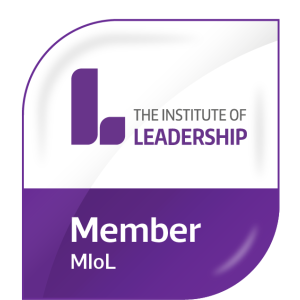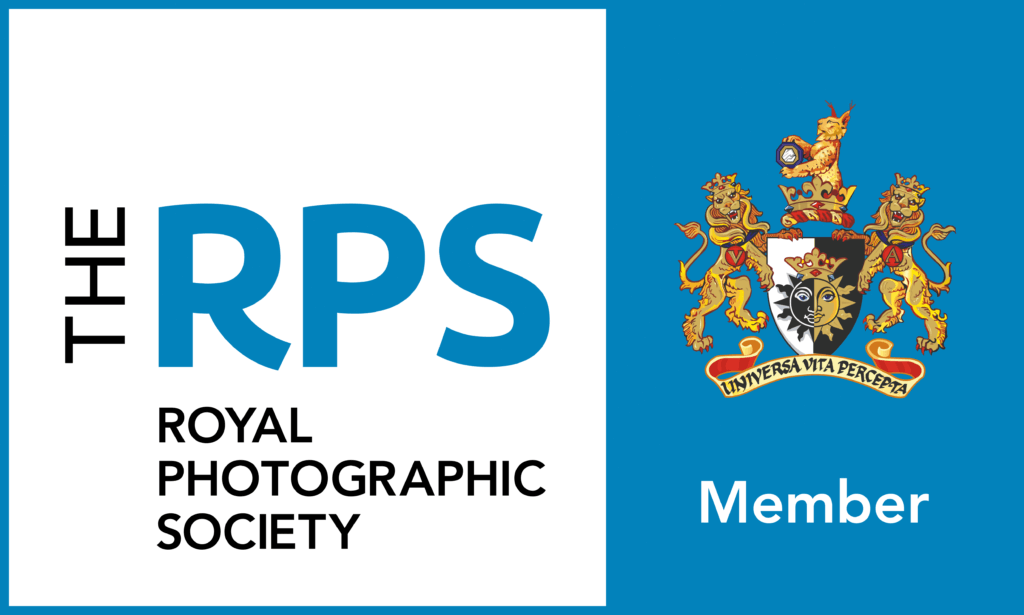Monastic connections
The clue is in the name of the town, Monasterevin, or as Gaeilge, Mainistir Eimhín, of Monastery of Evan. There is clearly a link to monasticism in this place. But what is this link?
Early Irish monasticism
From the time of St Patrick there were monastic houses all over the island. It is said that St Evan, brother of Becan who died in 689, brought monks from his district in Munster, and built a monastery at Rosglas na Muimneach, where he was buried. St Evan wrote a Tripartite Life of St Patrick in Latin and Irish, and a Life of St Comgall (of Bangor). It is likely that this early monastery was destroyed by the Danes during their ravaging expeditions across the island, probably by the eighth century.
Mediæval monasticism
By the twelfth century, monasticism had seen the rise of the monks of the Order of St Benedict, and the reform of that order by the Cistercians who wanted to live a life more strictly following the Rule of St Benedict.
In the charter of the twelfth century, Dermot O’Dempsey, King of Offaly, granted and confirmed the site and possessions to the monks of Rosglas in honour of Blessed Mary and St Benedict. The charter mentions no order specifically. The first two witnesses are Nehemias, bishop of Kildare (from 1177) and Donat (Dungal), bishop of Leighlin, who died 1181. Bishop Donat had attended the Synod of Kells at which the Irish Church was reformed and divided into the dioceses we now know. It follows, therefore, that this charted must be dated between 1177 and 1181. The date of foundation has been given as 1178, as 1189, and the date of consecration as 27 October 1181. The Annals of the Abbey of St Mary Dublin give 22 October 1189 as the date of colonization from the Abbey of Baltinglass.
The inclusion of the name of St Benedict in the charter and these two dates may mean that the monastery was founded in 1178 for Irish monks of the Order of St Benedict, who wished to be and lived as Cistercians, with their official affiliation to the Cistercian Order being delayed until 1189. The founder died in 1193, and in 1198, John, Abbot of Monasterevin became the bishop of Leighlin, having been consecrated in Rome by Pope Innocent III on 18 September.
In 1228, the abbey was made subject to Fountains Abbey with the abbot of Buildwas as visitor. Both Fountains and Buildwas are in England and have substantial ruins still extant. Fountains Abbey is about three miles south-west of the city of Ripon in the West Riding of Yorkshire. The ruins are in the care of the National Trust. It is one of the largest and best preserved Cistercian houses in England. Buildwas Abbey is in Shropshire, on the banks of the River Severn, about two miles west of Ironbridge.
In 1273, the abbot of Monasterevin complained in the chapter general against the abbots of Kilcooly, Monasteranenagh, and Woney. In 1297, the abbot was accused of harbouring felons, murderers, and robbers. The jury found that he not done so voluntarily, and he was fined half a mark. In the taxation of 1302–06, the temporals were worth 55 shillings. The abbot was a spiritual peer and sat in the Irish Parliament. In 1427, the abbey had been almost completely despoiled of its goods. Abbot Matthew Obythechayn was accused in 1482 of various offences including of having offspring by a nun of the Order of St Brigid. In 1540–41, the value of the farm of the house of St Evin and manor of Ley was £20 13s. 4d. The grantee was George, Lord Audley and the assignee Adam Loftus, Viscount Ely. Later, the property came into the possession of the family of the Earl of Drogheda.
Monasterevin Church of Ireland

The first Protestant church was built on the site of the old Cistercian Abbey Church which stood where the kitchen now is in the main house of Moore Abbey by Adam Loftus who took possession in 1607. It was rebuilt in 1664 in the same place. The Anthologia Hibernica Magazine, vol III, p. 104, 1794 says that Charles, 6th Earl of Drogheda in 1767 pulled down the old church and rebuilt it in a neat Gothic style at the other end of the town. It would appear that at least the top of the tower of the present Church of St John the Evangelist belonged to the Cistercian Abbey.
Monasticism in the parish today
It is not often that we hear of the Religious life in the Church of Ireland, but there are links to religious orders even so. There is the Community of St John the Evangelist in Dublin, present since 1912. There is Br David Jardine of the Society of St Francis living in Belfast. I can think of Fr John Gribben of the Community of the Resurrection in Mirfield who originally comes from Belfast. Here in Monasterevin, in the Roman Catholic community there is the Presentation Sisters Generalate, and the Sisters of Mercy in the town, and the Sisters of Charity of Jesus and Mary at Moore Abbey are present.
We may not have a Cistercian Abbey still extant, nor a Benedictine house, but there is a small connection to the Rule of St Benedict each day in the parish. This small connection is myself. For I am connected to an Anglican Benedictine Community called the House of Initia Nova. The community has members in the USA, Australia Great Britain as well as two on the island of Ireland. Community members live by reading a portion of the Rule of St Benedict into their lives each day. They say Morning and Evening Prayer and come together globally on Sunday evenings via Zoom. Members are ordained and lay, married and single, straight and gay. You can find out more about HIN at http://hinuki.org
Works referred to:
Gwynn, A., & Hadcock, R. (1970). Medieval Religious Houses in Ireland. London: Longman Group Ltd.
Sr M. Stanislaus. (n.d.). Schools’ Collection, The. Retrieved June 8, 2021, from dúchas.ie: https://www.duchas.ie/en/cbes/4769966/4763140
St Mary’s Training School. (1987, March 25). Facts about St John’s Church. Monasterevin, Co. Kildare, Ireland.
Originally published in In Touch, the magazine of the Parish of Portarlington Union, July and August 2021 edition.













